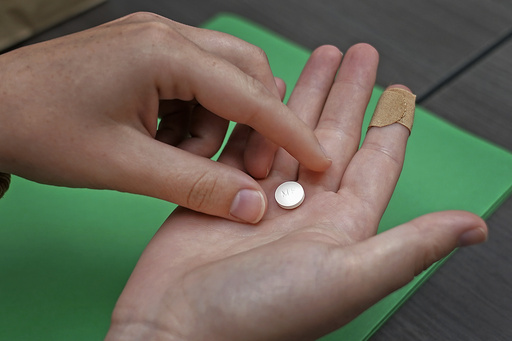
Three states are intensifying their efforts to impose restrictions on the abortion medication mifepristone. The new proposals from Kansas, Idaho, and Missouri, submitted on Friday, seek to end the drug’s usage after seven weeks of pregnancy rather than the current ten-week period. Additionally, these states want to mandate that patients have three in-person doctor visits to obtain this medication, moving away from provisions that allow mail delivery. This initiative reflects an ongoing attempt to limit access to a medication that plays a significant role in abortions performed across the country.
The legal move targets the U.S. Food and Drug Administration in a federal court located in Texas, which previously handled aspects of mifepristone’s accessibility. This court was the focus following a June decision from the U.S. Supreme Court, which affirmed that federal adjustments to facilitate access to mifepristone should remain intact. The Supreme Court, however, did not address the underlying issues surrounding mifepristone’s approval; instead, they ruled that the anti-abortion practitioners and associated groups did not possess the standing to initiate a lawsuit. Moreover, the high court had previously denied the states’ appeal to join the legal proceedings.
The states claim that their legal standing arises from the need to uphold state abortion regulations and enforce lawfulness, highlighting concerns regarding the implications of unrestricted access to mifepristone. Their current legal strategy appears to be a more measured approach, advocating for the reinstatement of limitations that were in place prior to the FDA’s relaxation of regulations in 2016 and 2021. These relaxed policies have permitted an expanded range of healthcare professionals, including nurse practitioners, to prescribe mifepristone, which broadens access to the medication.
Medication abortions, which often involve mifepristone combined with another drug, misoprostol, accounted for approximately 50% of abortions in the U.S. prior to the Supreme Court’s decision in 2022 that overturned Roe v. Wade. This pivotal ruling revoked the federal guarantee for the right to an abortion, allowing individual states to enforce bans and implement more stringent regulations. Currently, thirteen states have complete abortion bans, while additional states have restrictions that operate around the six-week mark—often before many women realize they are pregnant.
Mifepristone is now involved in nearly two-thirds of the abortions performed nationwide, with increasing distribution through telehealth services to patients located in states with restrictive laws. This broadened access is attributed as a contributing factor to a slight uptick in monthly abortion statistics since the overturning of Roe. Aid Access, an organization assisting women in acquiring abortion medications at no cost, expressed its opposition to the recent legal filings. Dr. Rebecca Gomperts, the founder of Aid Access, criticized the petition as misleading, asserting that substantial scientific evidence supports the safety of telehealth abortions for pregnancies up to 13 weeks.
The FDA has consistently upheld mifepristone’s safety profile, progressively easing its restrictions over the years, culminating in 2021 when it eliminated the requirement for in-person consultations, allowing for mail delivery of the medication. Opponents of mifepristone contend that the FDA’s decision to relax these controls has resulted in increased emergency complications. However, this perspective often conflates various situations that do not necessarily indicate direct adverse effects from the drug itself.
Medical experts note that only a minor percentage of patients experience serious complications following the use of mifepristone. A statement from a coalition of medical organizations, including the American College of Obstetricians and Gynecologists, indicated that significant adverse effects, like severe bleeding or infections, occur at a rate of about one in every 300 patients. While proponents of the new legal filing have highlighted statistics suggesting that 2.9% to 4.6% of mifepristone users seek emergency room care, physicians argue that such visits are not always indicative of critical issues; many patients may visit the emergency room merely for reassurance or to address concerns about their abortion without necessarily facing medical emergencies. A 2018 study also noted that a little over half of patients seeking emergency care for abortion-related reasons received only observational treatment without requiring further intervention.
